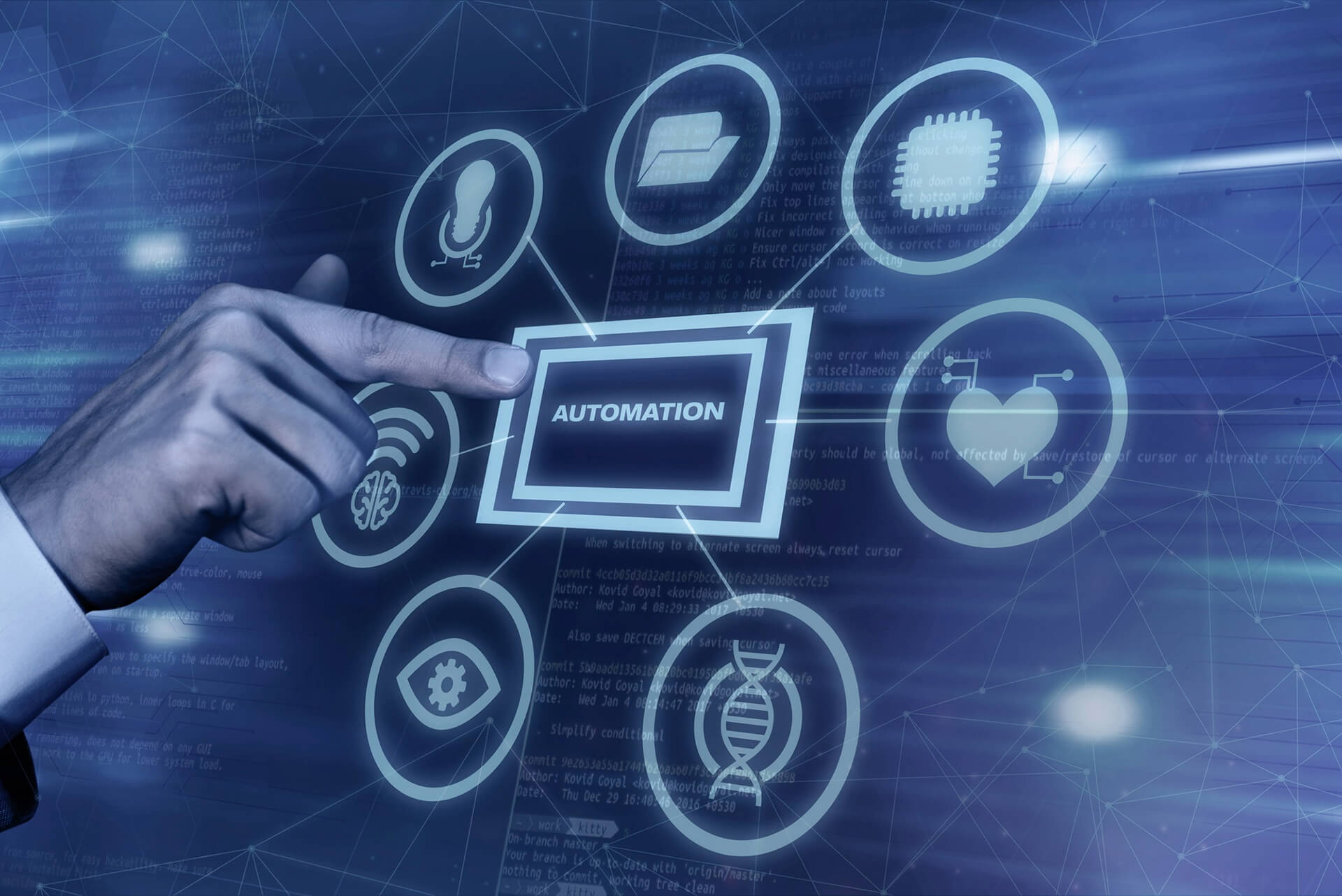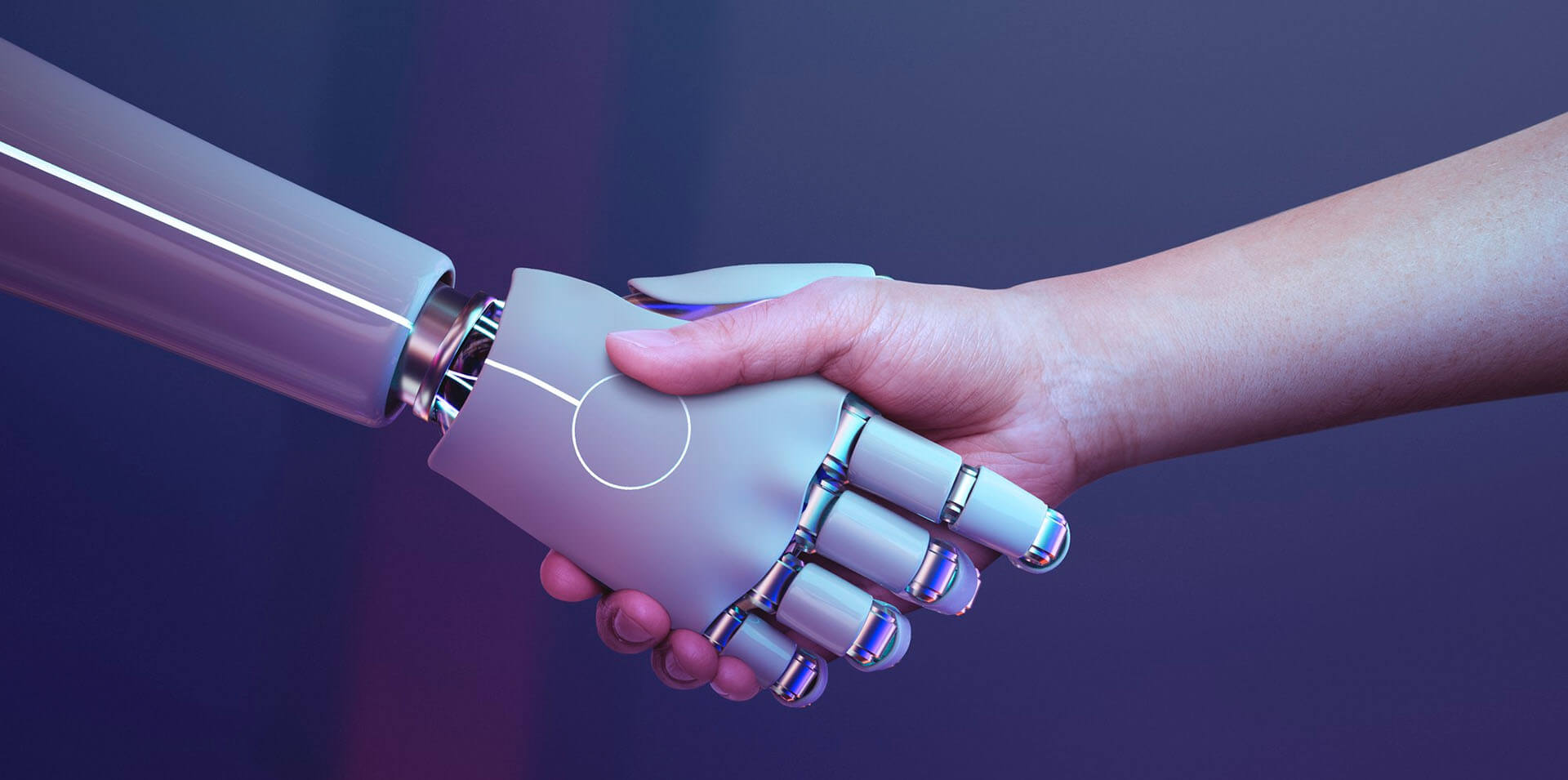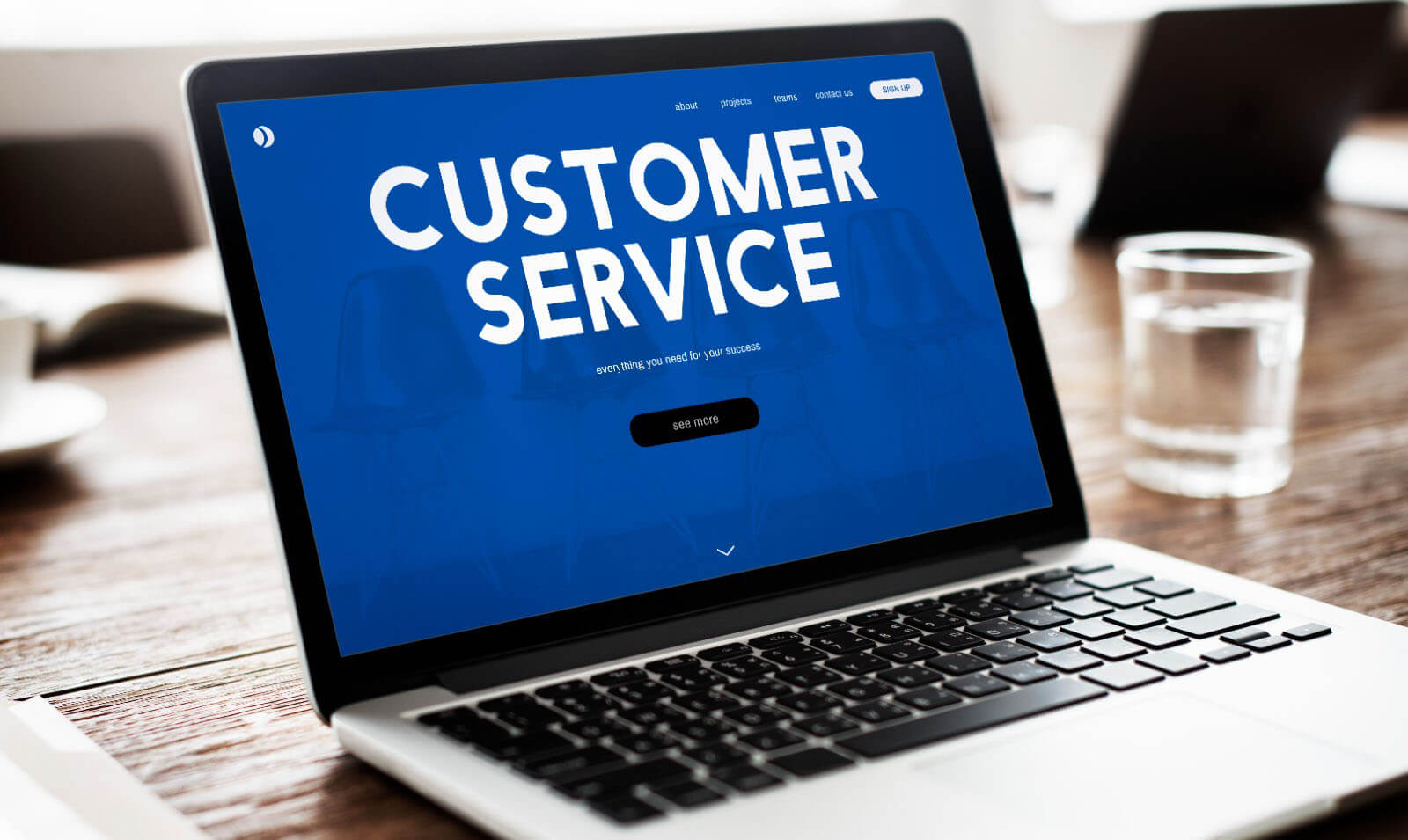Navigating the AI Wave: What Creators and Brands Can Do to Prepare for a Future They Can’t Predict
The release of Open AI’s ChatGPT in the November of 2022 led to a wave of unrest across the internet universe. Creatives were suddenly worried about losing their jobs to AI, brands were excited about the prospects of using AI and reducing dependence on humans and the general public was just curious to understand what was going on.
Cut to one year later and almost every single tech brand out there is using the OpenAI engine in some form within their product to enhance customer experience. Creatives are relying on AI tools more than ever to reduce workload and enhance performance and, well the general public is still trying to navigate their way around in this AI world.
It’s true that Artificial Intelligence is changing the world as we know it. But few know that it has been doing this since the early 1950s when the term AI was first coined. Our reliance on computers and technology has been progressively increasing ever since. And while concerns of AI and technological advancements overtaking humans have always been a point of contention, history is proof that most such advancements have actually benefited us — both the brands and consumers in the long run.
Take the example of Netflix. It utilizes AI algorithms to personalize user experiences, curating content recommendations that seem almost clairvoyant. When you log in, the platform knows what you want to watch even before you do. This seamless integration of AI into the user journey is a testament to how forward-thinking brands can harness AI’s potential.
Netflix’s AI-driven content recommendation system analyzes a multitude of factors, including your viewing history, preferences, time of day, and even the device you’re using. This data fuels a complex AI engine that predicts your next binge-worthy series or movie with startling accuracy. By doing so, Netflix keeps viewers engaged and satisfied, fostering brand loyalty in a fiercely competitive industry.
Now, let’s delve into the broader implications of AI for content creators, marketing agencies, and brands, exploring the strategies and preparations needed to ride the AI wave effectively.
1. Understand the AI Landscape
 To harness the power of AI, content creators, marketing agencies, and brands must first comprehend the AI landscape. AI encompasses various technologies, including machine learning, natural language processing, computer vision, and more. These tools can be applied in diverse ways, from automating content creation to enhancing customer interactions. Therefore, it’s essential to stay informed about AI’s evolving capabilities and potential applications in your industry.
To harness the power of AI, content creators, marketing agencies, and brands must first comprehend the AI landscape. AI encompasses various technologies, including machine learning, natural language processing, computer vision, and more. These tools can be applied in diverse ways, from automating content creation to enhancing customer interactions. Therefore, it’s essential to stay informed about AI’s evolving capabilities and potential applications in your industry.
Like I mentioned before, almost all SAAS brands have now incorporated the ChatGPT engine into their products. One classic example is VidIQ — a Youtube analytics company that now has an AI coach that helps you come up with video ideas, titles and thumbnail ideas for your YouTube channel using simple prompts given to their AI. Notion is another tool that is seamlessly utilizing this to their advantage.
Staying informed and regularly updating our knowledge about AI advancements and their relevance to our field can go a long way in helping us use it to our advantage.
2. Data is the Fuel
 AI’s effectiveness hinges on data. Netflix’s recommendation system, for instance, relies on extensive user data to provide accurate suggestions. Content creators, marketing agencies, and brands should prioritize data collection and analysis to inform their AI strategies. The more relevant data you possess, the more precise AI algorithms can be in delivering value to your audience.
AI’s effectiveness hinges on data. Netflix’s recommendation system, for instance, relies on extensive user data to provide accurate suggestions. Content creators, marketing agencies, and brands should prioritize data collection and analysis to inform their AI strategies. The more relevant data you possess, the more precise AI algorithms can be in delivering value to your audience.
YouTube creators for instance use data that the YouTube algorithm (also AI based) shares with them and then use it to create better content for their viewers.
It’s a good idea to invest in robust data collection tools and systems to gather insights from user behavior, preferences, and demographics and to implement data privacy measures to ensure compliance with regulations like GDPR.
3. Personalization and Customer Engagement
 Netflix’s success with AI-driven personalization underscores the importance of tailoring content and marketing efforts to individual preferences. AI can create hyper-personalized experiences that resonate with your audience, fostering deeper engagement and loyalty.
Netflix’s success with AI-driven personalization underscores the importance of tailoring content and marketing efforts to individual preferences. AI can create hyper-personalized experiences that resonate with your audience, fostering deeper engagement and loyalty.
This is the reason that you now have AI chatbots on almost every website you visit — whether it is a big company or a small business owner. This wouldn’t have been possible even half a decade ago. Similarly the gaming industry now uses AI to personalise the gameplay experience — tailoring it to every single player instead of giving everyone a generic experience .
One way smaller brands and creators can hop on the bandwagon is by using AI to segment their audiences based on their interests, behaviors, and demographics. Most website creation tools have such features built in. In fact, most social media platforms have this feature built in. Doing this can help them create personalized content, offers, and recommendations that cater to each segment’s unique preferences.
4. Automate Routine Tasks
 AI excels at automating repetitive and time-consuming tasks, freeing up human resources for more strategic endeavors. Content creators, marketing agencies, and brands should definitely identify areas where AI can optimize operations, reduce costs, and improve efficiency.
AI excels at automating repetitive and time-consuming tasks, freeing up human resources for more strategic endeavors. Content creators, marketing agencies, and brands should definitely identify areas where AI can optimize operations, reduce costs, and improve efficiency.
For instance several creators now rely on tools like ChatGPT, quillbot etc to generate super relevant and engaging scripts and articles. Then there are other AI tools in the market that can easily create videos for you, edit your photos, animate your images and do so much more. There is even a tool called Opus AI that can automatically cut out Instagram reels and YouTube Shorts from any long video that you give it.
On the other hand tools like Asana, Monday.com and even Notion use AI to help you organize and structure your work better. Tools like Canva can help you bulk create content. The possibilities are endless. There are even tools for marketing automation that can help brands and creators both streamline everything from email marketing to social media scheduling and even customer engagement.
5. Predictive Analytics and Decision-Making
 AI’s predictive capabilities can revolutionize decision-making. By analyzing historical data and current trends, AI can help content creators, marketing agencies, and brands make data-driven choices, from content strategy to campaign optimization.
AI’s predictive capabilities can revolutionize decision-making. By analyzing historical data and current trends, AI can help content creators, marketing agencies, and brands make data-driven choices, from content strategy to campaign optimization.
I have personally experimented with ChatGPT for this by providing it a data pool and asking it to come up with the best solution for a problem based on the input provided. For instance, I gave it data from a food diary app where I log all my meals and asked it to come up with a good weight loss diet for myself and it gave me an absolute banger diet plan that ensured I had enough caloric intake without facing any nutritional deficiencies.
This is just one very simple example of how an AI tool can help with decision making. As the landscape continues to evolve you can leverage AI to forecast trends, customer behavior and even market fluctuations. There are already tools in the financial space that help predict fluctuations in financial markets – helping users make more informed decisions.
All in all, you can use insights generated by AI to make informed decisions regarding content creation, product launches and even advertising campaigns.
6. Embrace AI Ethics and Transparency
 As AI becomes more integrated into daily operations, it’s crucial to uphold ethical standards and maintain transparency. AI algorithms can inadvertently perpetuate biases or infringe upon user privacy. Content creators, marketing agencies, and brands must prioritize ethics and transparency in their AI initiatives.
As AI becomes more integrated into daily operations, it’s crucial to uphold ethical standards and maintain transparency. AI algorithms can inadvertently perpetuate biases or infringe upon user privacy. Content creators, marketing agencies, and brands must prioritize ethics and transparency in their AI initiatives.
This requires regularly auditing AI algorithms for biases and fairness, implementing guidelines and policies to ensure responsible AI usage, and communicating openly with customers about how AI is used to enhance their experiences while respecting their privacy.
Apple for instance does a good job at this — by making sure they don’t store customer data on their main servers. Anyone making a purchase just inputs data for immediate use and that is soon removed from their servers. This is also the reason that several brands including Netflix have come under the scanner for data breaches.
While for companies as huge as these, it is a massive task to protect user privacy, for smaller companies and creators it is an easier job and they can enlist the help of AI tools themselves to do this.
7. Continual Learning and Adaptation
 The AI landscape is not static; it’s a dynamic force that continually evolves. Content creators, marketing agencies, and brands must cultivate a culture of learning and adaptation to stay ahead in the AI race.
The AI landscape is not static; it’s a dynamic force that continually evolves. Content creators, marketing agencies, and brands must cultivate a culture of learning and adaptation to stay ahead in the AI race.
For instance a video editing software that was relevant last year cannot be relevant this year unless they incorporate AI into their algorithm to stay ahead of the competition. For instance invideo AI has released a brand new video generator that can create a whole video from one single prompt. This is a massive leap from their earlier tool which was simply an online video editing software. However, unless they had done this, it would have become extremely difficult for their company to survive the advancements other companies are making.
One way to continually stay ahead of the curve is to invest in training programs to upskill the team and to keep updating your knowledge and experience with the latest AI tools in the market. It’s important for creators and brands alike to foster a culture of innovation and experimentation. For instance a creator who still takes 2 days to edit a short form video will fall behind someone who uses AI tools and does that work in half a day.
8. Collaboration and Partnerships
 In an era of complex AI systems, collaboration is key. Content creators, marketing agencies, and brands can benefit from partnerships with AI specialists, tech companies, and startups. These collaborations can provide access to cutting-edge AI solutions and expertise. For instance how every tech or SAAS company is now working with Open AI to integrate the ChatGPT engine into their products and services.
In an era of complex AI systems, collaboration is key. Content creators, marketing agencies, and brands can benefit from partnerships with AI specialists, tech companies, and startups. These collaborations can provide access to cutting-edge AI solutions and expertise. For instance how every tech or SAAS company is now working with Open AI to integrate the ChatGPT engine into their products and services.
The key to doing this is strategic partnerships. Identifying potential AI partners who can enhance your capabilities or provide innovative solutions and collaborating on research and development projects to stay at the forefront of AI innovation.
9. Regulatory Compliance
 AI is subject to increasing regulation and scrutiny, with governments and organizations establishing guidelines to ensure ethical AI practices. Content creators, marketing agencies, and brands must be aware of these regulations and proactively ensure compliance, keep abreast of AI-related regulations in their industry and geographic region and establish internal compliance protocols to meet legal and ethical standards.
AI is subject to increasing regulation and scrutiny, with governments and organizations establishing guidelines to ensure ethical AI practices. Content creators, marketing agencies, and brands must be aware of these regulations and proactively ensure compliance, keep abreast of AI-related regulations in their industry and geographic region and establish internal compliance protocols to meet legal and ethical standards.
10. Customer-Centric Approach
 Ultimately, success in navigating the AI wave revolves around a customer-centric approach. AI should enhance, not replace, human interactions. Content creators, marketing agencies, and brands must prioritize the customer experience and use AI to augment rather than detract from it. Continuously gathering feedback from customers about their AI experiences and using this feedback to refine AI strategies and make improvements that align with customer preferences is of key importance.
Ultimately, success in navigating the AI wave revolves around a customer-centric approach. AI should enhance, not replace, human interactions. Content creators, marketing agencies, and brands must prioritize the customer experience and use AI to augment rather than detract from it. Continuously gathering feedback from customers about their AI experiences and using this feedback to refine AI strategies and make improvements that align with customer preferences is of key importance.
Conclusion
The AI wave is a formidable force that is reshaping the landscape of content creation and marketing. Netflix’s success story demonstrates how embracing AI can lead to remarkable outcomes. To navigate this transformative wave effectively, content creators, marketing agencies, and brands must invest in understanding AI, harness the power of data, prioritize personalization, automate routine tasks, and uphold ethical standards.
In the end, those who ride the AI wave with agility, adaptability, and ethics will emerge as the leaders of a future they cannot predict but can certainly shape. As the tide of AI continues to rise, it’s not about predicting the future; it’s about creating it.




